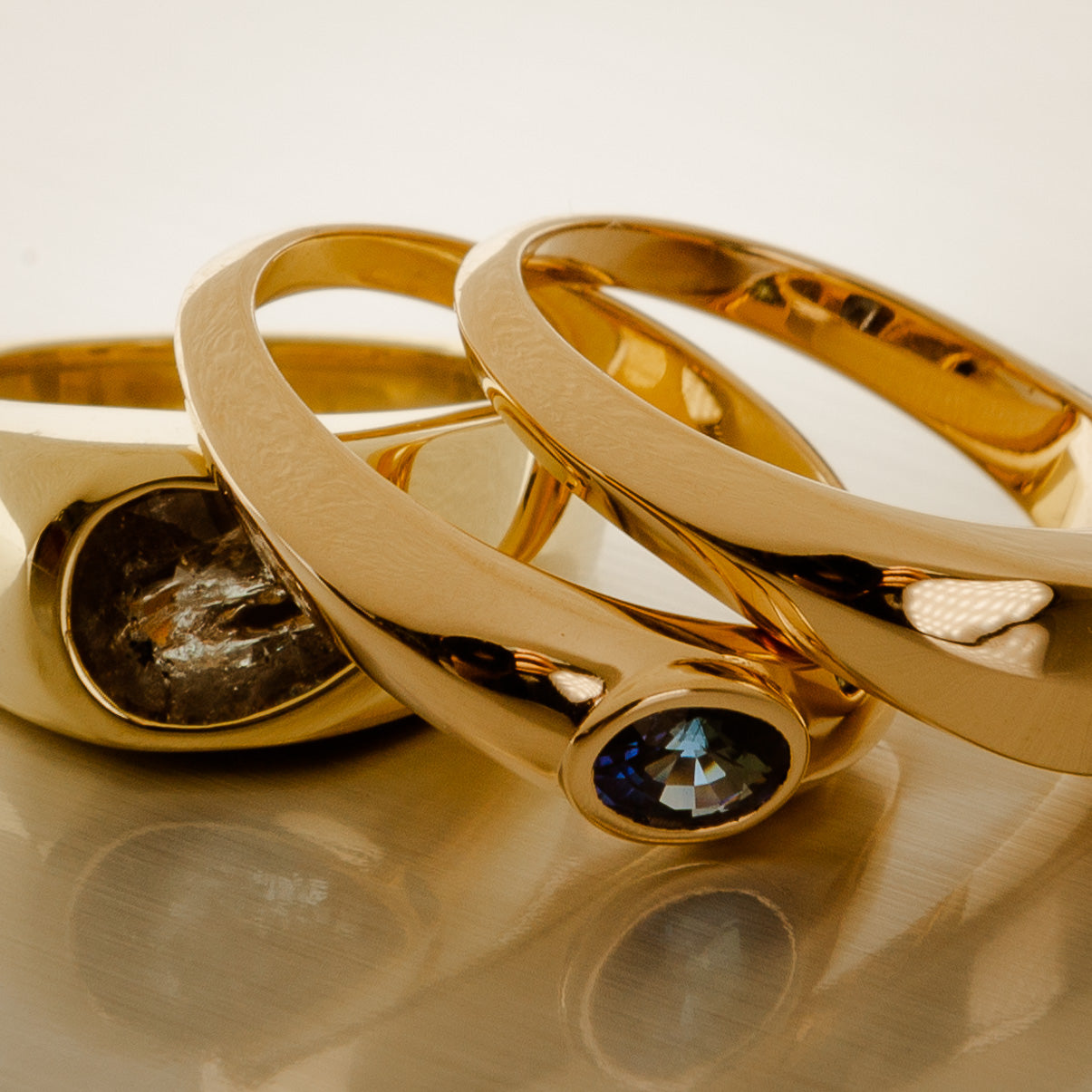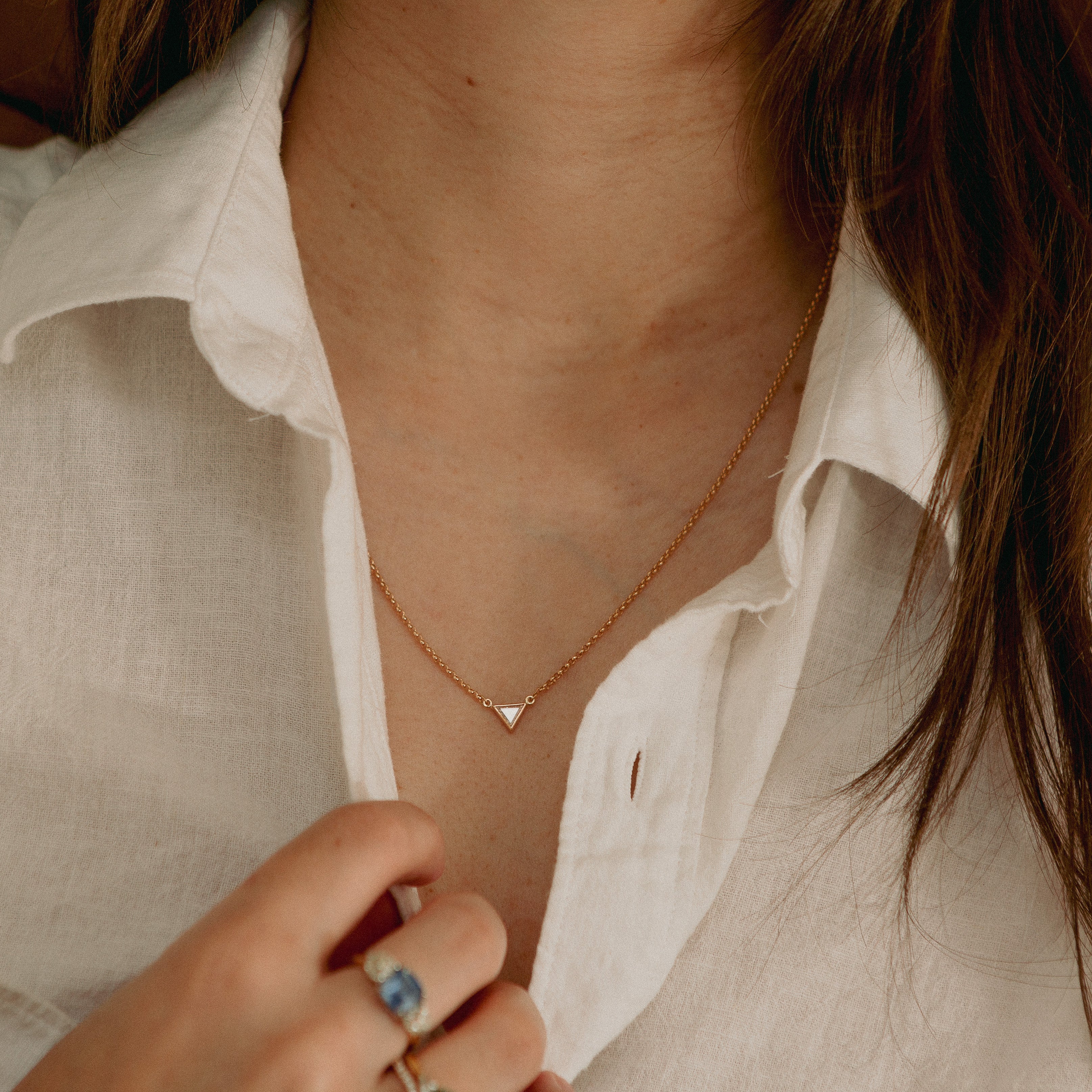October is a special month in the world of gemstones as it is represented by not just one but two enchanting birthstones - Opal and Tourmaline. These two gemstones are unique in their own ways and offer an unusual spectrum of colors that cater to different tastes and preferences.
The Enigmatic Opal
Opal, known for its kaleidoscopic play-of-color, is one of the two birthstones for October. This gemstone, with its fiery array of colors, mirrors the vibrant shades of the autumn season. The name 'Opal' originates from the Greek word 'Opallios', which means to see a change in color. This gemstone is formed from rain; the water seeps down into the rock and carries dissolved silica with it. When the water evaporates, it leaves behind a deposit of silica that eventually forms an Opal.
The Diverse Tourmaline
The other October birthstone, Tourmaline, is cherished for its availability in an extensive range of colors. In fact, Tourmaline’s name comes from the Sinhalese term 'tura mali', which translates to 'stone of mixed colors'. This gemstone owes its color variation to trace elements such as iron, manganese, and chromium. Tourmaline is also known for its strong pleochroism, a property that allows it to exhibit different colors when viewed from different angles.
Symbolism and Healing Properties
Both Opal and Tourmaline are believed to possess certain healing properties. Opal is said to inspire love, hope, and happiness. It is also associated with creativity and spontaneity, making it a popular choice among artists and writers. On the other hand, Tourmaline is believed to promote understanding, foster compassion, and provide a sense of self-confidence. It is often used in meditation for its calming effect.
Famed Opal
The "Olympic Australis" is recognized as the largest and most valuable gem-quality opal ever discovered. Unearthed in 1956, it was named in commemoration of the Olympic Games taking place in Melbourne, Australia, at that time.
Types of Tourmaline
Tourmaline comes in various types, each with distinct colors and properties. Some of the common types include:
- Elbaite : The most colorful type, it comes in pink, green, and blue shades.
- Schorl : This is the most common type and is usually black.
- Dravite : Ranging from brown to yellow, this type is named after the Drava river in Slovenia.
- Liddicoatite : This type is known for its triangular cross-section and can come in a wide color range.
- Uvite : Usually brown, green, or black, this type is often used in gem therapy.
- Verdelite : This is the name for green tourmaline, prized for its rich color.
- Rubellite : This is pink tourmaline, named for its ruby-like color.
- Indicolite : This is blue tourmaline, a rare and valuable type.
- Paraíba : Extremely rare, this type is known for its intense blue-green color.
- Watermelon Tourmaline : This type has a pink center and green edge, resembling a watermelon slice.
Caring for Opal and Tourmaline
Opal and Tourmaline, while stunning, require special care to maintain their luster and avoid damage. Here are some tips for keeping your stones in their best condition:
Opal: Opals contain up to 20% water, making them very sensitive to heat and sudden temperature changes. Avoid exposure to high heat and harsh chemicals. When cleaning, gently wipe with a moist cloth. Avoid ultrasonic cleaners, steam cleaners, or harsh chemicals. Always store opals away from direct sunlight and other gems to prevent scratches.
Tourmaline: Tourmaline is slightly harder than opal but still should be handled with care. Avoid sharp blows or sudden temperature changes. Clean with warm soapy water and a soft brush. Like opals, tourmalines should not be cleaned with ultrasonic cleaners or steam cleaners. Always store tourmalines separately to prevent scratches from other gems.








